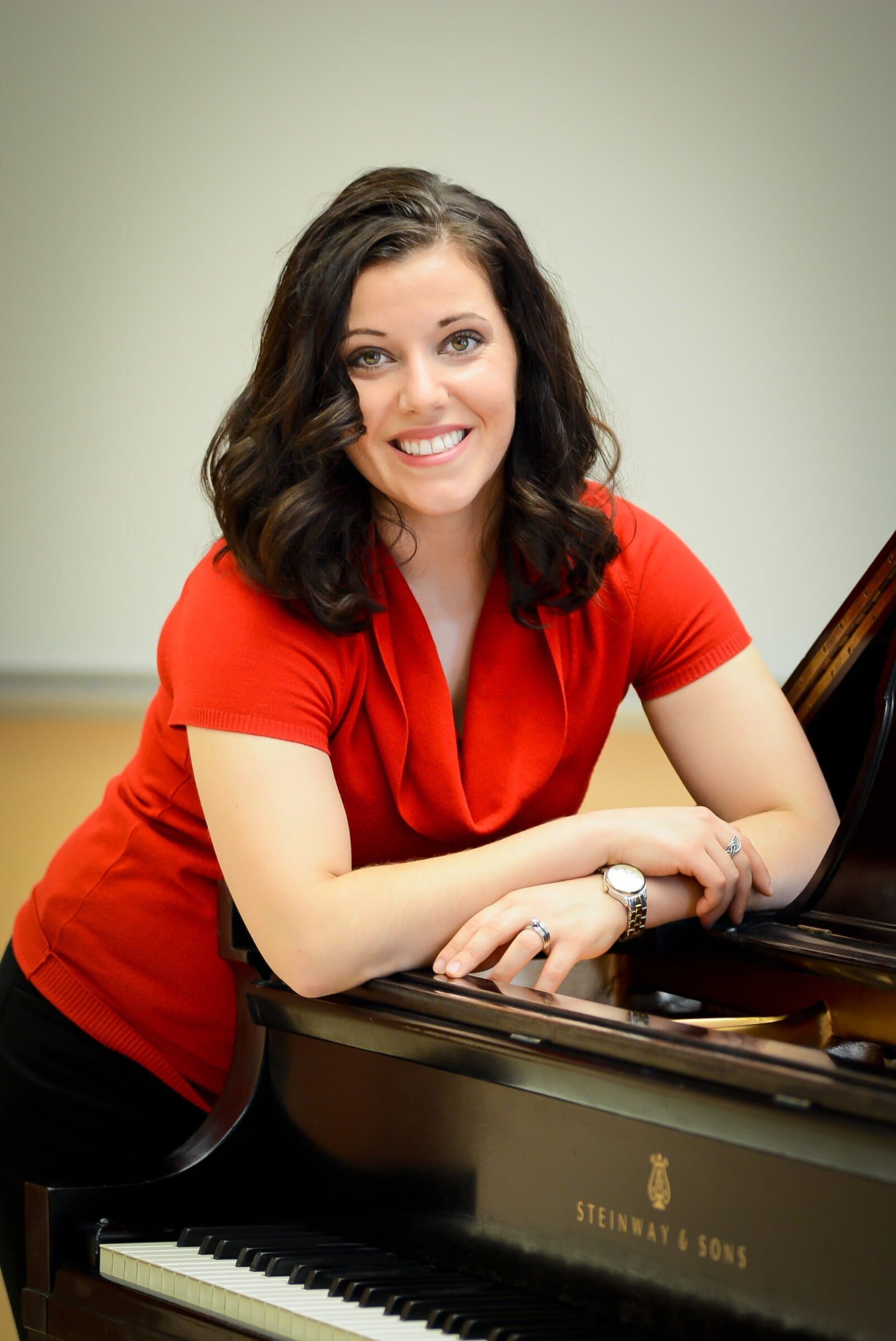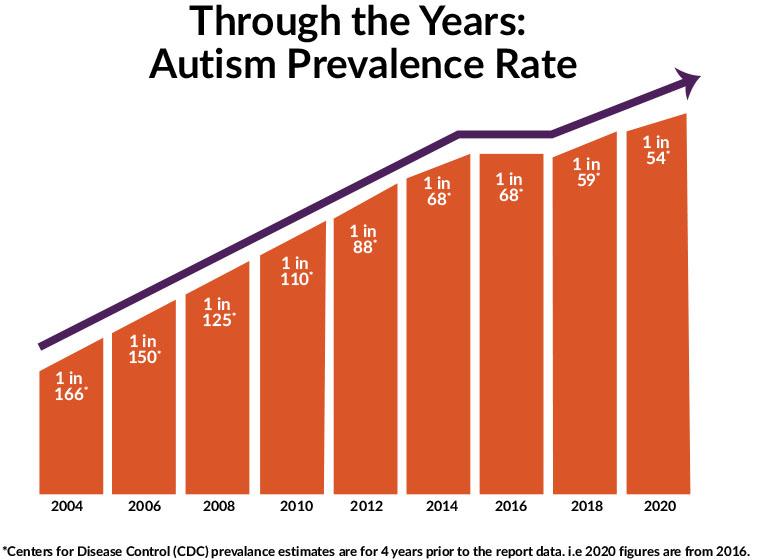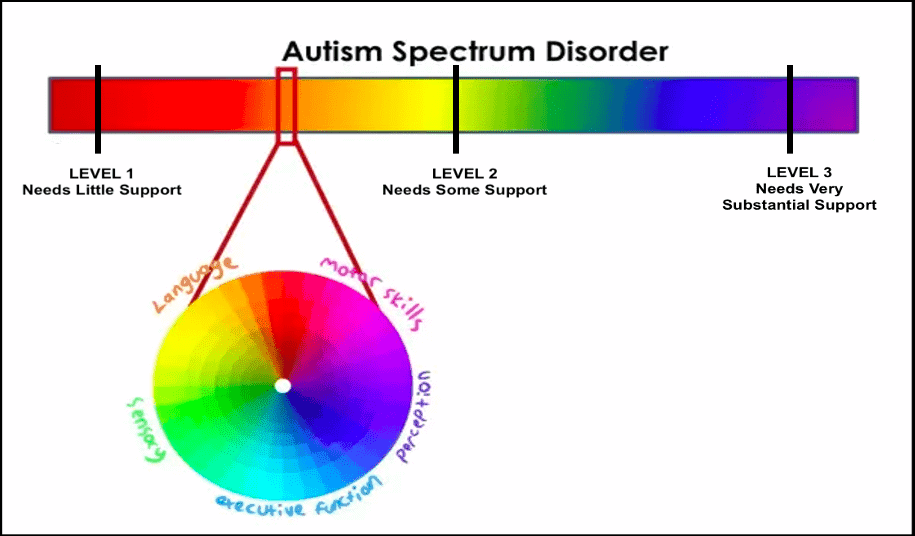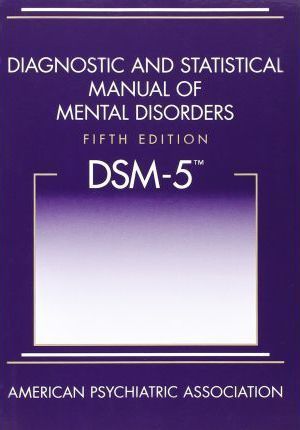NAfME BLOG
Understanding and Teaching Students with Autism in Music Education Settings

/ News Posts / Understanding and Teaching Students with Autism in Music Education Settings
Understanding and Teaching Students with Autism in Music Education Settings
Why Might a Music Teacher Want to Understand the Basics of Autism Spectrum Disorder (ASD)?
By NAfME Member Amalia Allan
Amalia Allan presented on “Autism 101: Lessons and Strategies for Music Educators” during the NAfME 2021 PreK–12 Learning Collaborative in February 2021.
- Autism prevalence rates have been gradually rising, thus increasing the chances of having students with autism in music classrooms.
- Music teachers are underprepared to teach students with disabilities.
- Children with autism usually have a special interest, and sometimes it is music.
- Some children with autism are gifted in music, and absolute pitch is more prevalent in children with ASD.
- Children with autism usually have sensory issues, and music, which is multisensory, can help with this.
- A child with ASD can benefit from a music education and contribute to a musical ensemble, just like any other child.
Autism Spectrum Disorder: Characteristics
You may have heard the saying, “If you’ve met one person with autism, you’ve met one person with autism.” This is because every person with autism is unique and has their own strengths and needs (just like everyone else). The image below helps to visualize “the spectrum” for autism and the variation found within it. Imagine that the colored wheel, with its key autism characteristics, is spinning as it slides left and right across the colored bar of support levels. The combination of characteristics and support levels are practically infinite.
Thankfully, there are general characteristics that help with ASD identification and diagnosis. According to the Diagnostic and Statistical Manual (DSM-5), there are two core diagnostic areas for ASD. To be diagnosed with autism, children must have difficulties in both areas and have had characteristics from early childhood (even if these aren’t recognized until later in life). Music teachers might want to be aware of these characteristics so to better understand and teach these students. The two diagnostic areas are:
- Social Communication—anything pertaining to social interaction and social cognition, and communication (both verbal and nonverbal)
- Restricted and Repetitive Behaviors—having strong interests in specific topics, repetitive body movements, and sensory differences
Social Communication
Below are the diagnostic criteria for the Social Communication area according to the DSM-5. Examples are in no way exhaustive—only illustrative.
- Difficulties with social-emotional reciprocity. This includes deficits with normal back-and-forth conversation, reduced sharing of emotions and interests, and challenges initiating or responding to social interactions.
- Trouble with nonverbal communication. This includes an inability to sustain eye contact, difficulty understanding body gestures (e.g., raising one’s hand to answer the teacher’s question) and facial expressions (e.g., rolling eyes as signifying annoyance), and lack of facial expression and body gestures.
- Deficits in developing and maintaining relationships. This includes not showing an interest in friends or having difficulties making friends, and rarely engaging in imaginative play.
Restricted and Repetitive Behaviors
The criteria below are for the area of Restricted and Repetitive Behaviors according to the DSM-5. Again, the examples are limited for illustrative purposes.
- Stereotyped or repetitive body movements. This includes hand flapping, rocking back-and-forth, and spinning in circles.
- Insistence on sameness and routines. This includes having trouble with changes to a schedule or changing from one activity to another, and speaking in a repetitive way.
- Highly restricted, fixated interests. This includes having very narrow and intense interests in specific topics or objects (e.g., a certain TV show, math, dinosaurs).
- Signs of sensory sensitivities. This includes becoming distressed at sounds like vacuum cleaners, disliking the feel of clothing labels, and licking or sniffing objects.
Music and Autism
Here is a video from one of the world’s leading researchers in music and autism—Dr. Pamela Heaton. In it, Dr. Heaton explains diagnostic features that impact music learning and important (and surprising) research findings. Music teachers might benefit from this information, and I think Dr. Heaton does a fantastic job at explaining the music-autism connection.
Music and Autism – Pamela Heaton

How to Prepare Music Lessons
A couple of things must take place before planning music lessons. First, it is important to get to know students with ASD and consider them as individuals. This involves reading their Individualized Education Programs (IEPs) and 504 Plans. It’s most helpful to take notes of these students’ strengths and needs. As an elementary teacher, I used an Excel spreadsheet with a different tab for each general classroom teacher, and kept short, updated notes on students with special needs. Index cards or other organization systems would work great too. With this information, you can keep track of student progress, give feedback to parents and important personnel, and provide valuable information in IEP meetings.
Before and while planning lessons, it is important to keep in touch with and learn from your school community. This includes (but is not limited to) the special education teacher(s), paraprofessionals/aids, parent(s)/guardian(s), general education teacher(s), principal, and school counselor. With their different experiences and training, these people can provide unique perspectives on students, information about the children’s strengths and needs, and suggestions for how to work with individual students.
Since students with ASD have sensory sensitivities and music is multisensory in nature, I like to approach lesson adaptations based on sensory needs. Below are ideas of adaptations categorized by their impact on the three music senses.
Motor Movements
- Simplifying movement and instrumental parts
- Use hand-over-hand work to guide instrument playing
- Peer buddy work
- Fingering aids (e.g., colored tape, stickers, altered instruments)
- Playing musical sounds using a tablet application
Auditory Skills
- Adjusting volume and tempi so students are comfortable
- Using incremental objectives with ear training
Visual Abilities
- Using manipulatives/physical objects
- Creating individualized visual aids (preferably laminated so they can be reused)
- Using a color-coded system to help with reading notation
Finally, these are suggestions to help with behavior and overall learning. It is important to make classroom expectations clear and follow through immediately with stated consequences. It helps to break down instruction into smaller steps. Directions should be clear and literal, since it helps students with ASD to know exactly what it is you want them to do. Again, the ideas and suggestions above are limited and provide only a basic idea of how to approach teaching students with ASD. As we all work to better understand and teach our students with autism, we will discover ways to give them the music education they deserve.
References
- Rebecca Burgess, “Understanding Autism Comic,” Geek Club Books: Autism Storytelling, 25 June 2021.
- “Diagnostic and Statistical Manual of Mental Disorders, 5th Edition,” American Psychiatric Association, 1 January, 2015.
About the author:
 NAfME member Amalia Allan is a Ph.D. student in music education at Florida State University. She has a Master of Music in Piano Performance and Pedagogy from Southern Methodist University and two bachelor’s degrees from the State University of New York at Fredonia—one in music education and the other in piano performance and pedagogy. Her teaching experience includes 17 years of private piano, seven years as an elementary public school music teacher and choir director, teaching music at a private school for children with sensory processing disorders, and leading the music program at an autism center. Her new teaching interest is music teacher education for inclusion, and her research focuses on special music education.
NAfME member Amalia Allan is a Ph.D. student in music education at Florida State University. She has a Master of Music in Piano Performance and Pedagogy from Southern Methodist University and two bachelor’s degrees from the State University of New York at Fredonia—one in music education and the other in piano performance and pedagogy. Her teaching experience includes 17 years of private piano, seven years as an elementary public school music teacher and choir director, teaching music at a private school for children with sensory processing disorders, and leading the music program at an autism center. Her new teaching interest is music teacher education for inclusion, and her research focuses on special music education.
Did this blog spur new ideas for your music program? Share them on Amplify! Interested in reprinting this article? Please review the reprint guidelines.
The National Association for Music Education (NAfME) provides a number of forums for the sharing of information and opinion, including blogs and postings on our website, articles and columns in our magazines and journals, and postings to our Amplify member portal. Unless specifically noted, the views expressed in these media do not necessarily represent the policy or views of the Association, its officers, or its employees.
July 15, 2021. © National Association for Music Education (NAfME.org)
Published Date
July 15, 2021
Category
- Diversity, Equity, Inclusion, and Access (DEIA)
- Special Education
Copyright
July 15, 2021. © National Association for Music Education (NAfME.org)






